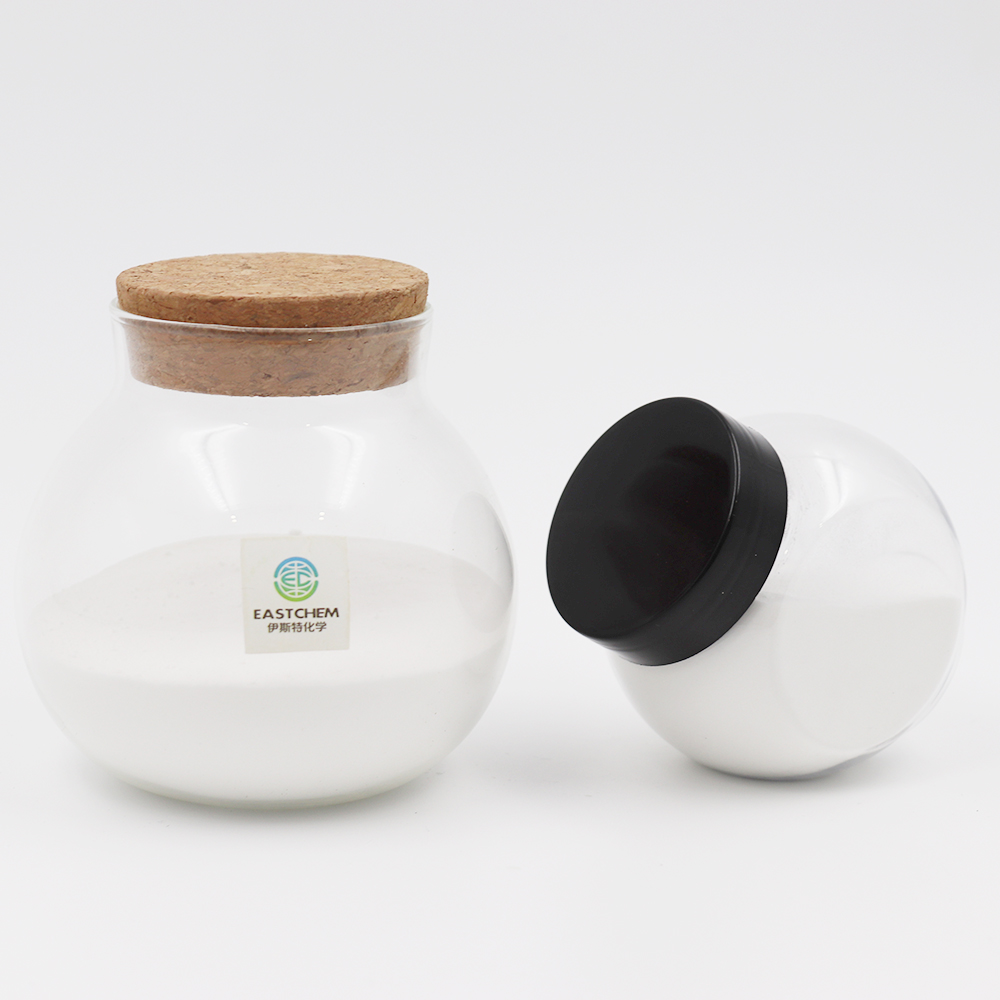What is polyvinylidene fluoride (PVDF)?
Polyvinylidene fluoride (PVDF) is a hard thermoplastic, which has the properties of heat resistance, chemical resistance and ultraviolet resistance of fluoropolymer. The CH2 and CF2 groups alternately arranged on the polymer chain give PVDF unique polarity and affect the solubility and dielectric properties of the material.
PVDF resin can be melt processed by dankai by extrusion, injection molding and molding. When the temperature rises, PVDF can be dissolved in some organic ketones, esters and amines. This selective solubility makes PVDF can be used to prepare corrosion-resistant coatings on chemical equipment and durable paint films on building plates, as well as electrode adhesives for lithium batteries.
PVDF T-1 is a powdered polyvinylidene fluoride product, which can be mixed with acrylic resin and additives to form baking dankai PVDF fluorocarbon coating with superior performance. Compared with other grades of PVDF, PVDF T-1 is more suitable for the preparation of surface coating and light color coating in baking PVDF fluorocarbon coating. Using PVDF T-1 as raw material, the fluorocarbon coating prepared by appropriate mixing and spraying process has good mechanical strength and toughness, excellent resistance to irradiation and adverse weather conditions, and can be used for a long time in a wide temperature range and basically maintain its performance.
PVDF D-1 is a powdered polyvinylidene fluoride product with good solubility in some solvents. Compared with other brands of PVDF, PVDF D-1 is more suitable to be used as electrode binder material for lithium battery. Pvdfd-1 is a polymer material with high dielectric constant. It has high viscosity and adhesion in a certain solvent and is easy to form a film. The lithium battery membrane electrode material made of pvdfd-1 has good chemical stability, temperature stability, excellent mechanical properties and processability.
PVDF has good thermal stability below 310 ℃. When placed at 310 ~ 320 ℃ for a long time, a small amount of decomposition will occur. The main decomposition products are toxic hydrogen fluoride and fluorocarbon organic compounds. In the environment above 370 ℃, the decomposition rate of the product is significantly accelerated. Therefore, it is recommended that the ambient temperature should not exceed 310 ℃ during processing and use, and the production workshop should be equipped with ventilation devices. In addition, although PVDF has excellent flame retardant and smoke suppression properties, when PVDF encounters fire, it will still release toxic hydrogen fluoride and fluorocarbon organic compounds.